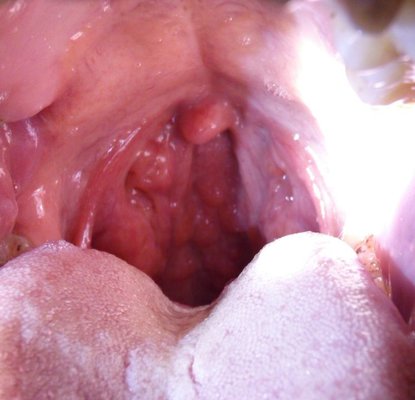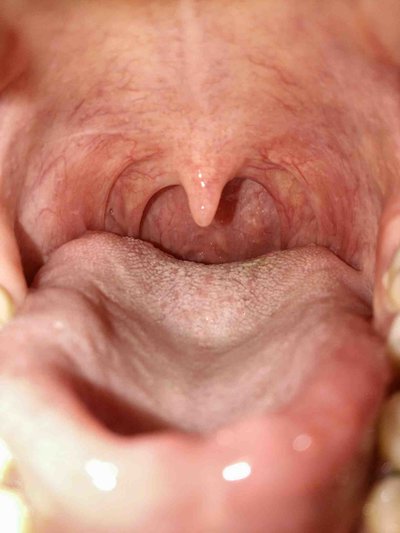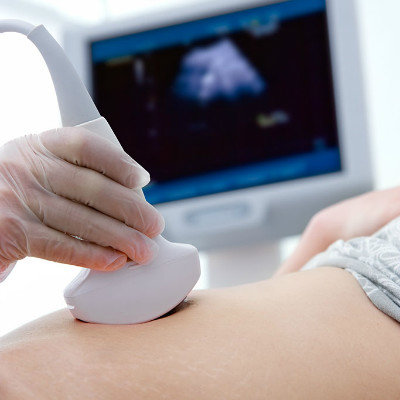What symptom does haemoptysis have?
summary
Hemoptysis refers to the process of bleeding from the respiratory organs (trachea, bronchus or lung tissue) below the larynx and being discharged from the oral cavity by coughing. Hemoptysis can be caused not only by respiratory diseases, but also by circulatory diseases, trauma and other systemic diseases or systemic factors. It should be differentiated from oral, pharyngeal, nasal bleeding and hematemesis. What symptom does haemoptysis have? Let's talk about it
What symptom does haemoptysis have?
Hemoptysis accompanied with fever is more common in pulmonary tuberculosis, pneumonia, lung abscess, pulmonary hemorrhagic leptospirosis, epidemic hemorrhagic fever, bronchial cancer, etc. Hemoptysis with chest pain, common in lobar pneumonia, pulmonary embolism, tuberculosis, bronchial cancer, etc.

Hemoptysis with cough, can be seen in bronchial cancer, mycoplasma pneumonia, etc. Hemoptysis with jaundice, more common in leptospirosis, lobar pneumonia, pulmonary infarction, etc. The bleeding was primary or multiple. If so, is it different from the past. Young adults with cough and hemoptysis accompanied by low fever should consider tuberculosis.

Hemoptysis with skin and mucous membrane bleeding can be seen in blood diseases (such as leukemia, thrombocytopenic purpura), leptospirosis, epidemic hemorrhagic fever, etc. Hemoptysis with chest pain was more common in pulmonary infarction and pneumococcal pneumonia; Hemoptysis with cough is more common in bronchial lung cancer, blood sputum in lung abscess; Massive hemoptysis is more common in cavitary pulmonary tuberculosis, bronchiectasis, aneurysm rupture, etc.

matters needing attention
When hemoptysis eases slightly and the patient's blood pressure, pulse and breath are relatively stable, the patient should be escorted to the nearby hospital as soon as possible for further treatment; If the bleeding is not enough, please call the emergency doctor in the emergency center for on-site rescue. Once the condition is slightly stable and transportation is allowed, it is still necessary to send the patient to the hospital for oxygen inhalation, monitoring, hemostasis, blood transfusion, infusion, symptomatic and etiological treatment.















